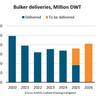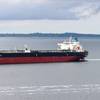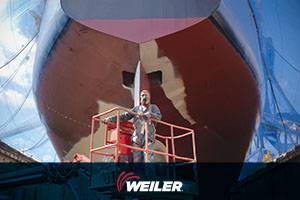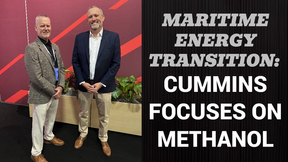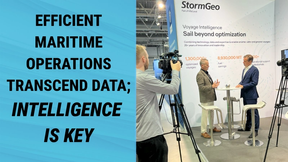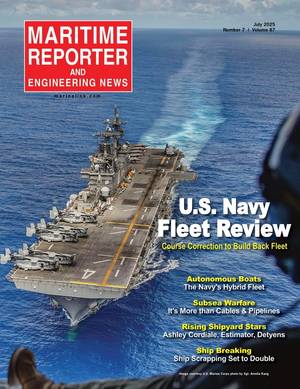Size Matters
Globalization has already transformed many international businesses such as the airline industry, banking and communications. Shipping has not been left untouched. Buyers are getting together - Maersk and Sealand, P&O and Nedlloyd, NOL and American President Lines, Carnival and everyone who owns a cruise ship.
Ships are getting bigger too: 6,000 to 8,000 teu containerships are the norm in the box trade, and they are thirsty beasts. Consider also the potential demand for bunkers from the 10,000 to 12,500 teu vessels in development. Cruise ships are growing as well. Royal Caribbean International recently launched its Explorer of the Seas, a 142,000-gt titan that can easily swallow up more than 2,000 tons of bunkers at a single sitting.
The message to bunker suppliers is clear. They too must get bigger if they are to service this new market. Small companies will be able to find niche markets in which to survive, but to be a true player companies will have to grow, or go.
Already, this trend is taking shape in the industry. Among the oil majors, newly-forged entities such as TotalFinaElf, BP Amoco Arco (now simply BP) and ExxonMobil have created more expansive supply global networks. Among the independents, a number have established strategic alliances and broader supply structures. This not only means more deliveries in more ports, but also results in improved availability of fuel grades across the supply chain. The further your reach, the farther you can source product. Moreover, extensive networks mean wider availability of bunkers that meet the strictest quality and environmental standards. As the demands associated with bunkers increase, those in the industry will find that the best way to react is by associating themselves with the adage that big is indeed better.




